Chinese investors eye 3 PH isles
Posted 5 years ago

|
Fuga Island —PHOTO COURTESYOF NAVAL FORCES NORTHERN LUZON
MANILA, Philippines — Chinese investors are targeting three strategic islands in northern Philippines for transformation into economic and tourism zones.
The islands — Fuga in Cagayan province, and adjacent Grande and Chiquita in Subic Bay, Zambales province — play significant roles in the country’s national security, according to military officials.
Fuga Island, part of the country’s second northernmost island group, provides access to the Pacific Ocean and the South China Sea, while Subic Bay is just 260 kilometers from Panatag Shoal that China seized from the Philippines in 2012.
The Philippines secured $12.16 billion worth of investments as part of the 19 business deals signed between Filipino and Chinese companies on the sidelines of President Rodrigo Duterte’s visit to Beijing in April for the Belt and Road Initiative forum.
‘Smart City’
One agreement is for a proposed $2-billion “Smart City” to be built by Xiamen-based Fong Zhi Enterprise Corp. on Fuga Island.
The Chinese company hopes to build an agriculture breeding center and soil improvement project, medical schools and a high-tech industrial park, according to the Cagayan Economic Zone Authority (Ceza), which supervises the development of the island.
A “strategic cooperation agreement” was also part of the memorandum of understanding signed by Isla Fuga Pacific Resorts Inc., owner of the Fuga Islands, and Fong Zhi Enterprise Corp. and China Enterprise Group International Investment Corp. for the “One Belt One Road Fuga Island New Smart City,” Ceza said.
The Chinese company’s Fuga plan would be patterned after its ongoing megainfrastructure project in Fujian province, the agency said.
“No actual investments have been made yet, only a soft commitment to invest,” Gabriel Lingan, Ceza’s business development and marketing chief, said last week when asked for an update on the project.
Cagayan has become a big attraction for Chinese investors.
Aside from the $2-billion Fuga project, Ceza has obtained $1.9 billion worth of committed projects in other parts of Cagayan, which is strategically located at the country’s northeastern tip.
Access to Pacific, S. China Sea
The 10,000-hectare Fuga Island is a quiet, coastal town in Babuyan archipelago, the second northernmost island group in the Philippines. Its location provides access to both sides of the Pacific Ocean and the South China Sea.
The island, off mainland Luzon, belongs to the municipality of Aparri in Cagayan province.
Isla Fuga Pacific Resorts has the landholding rights and is the beneficial leaseholder of the island, Ceza said. The island was previously reported to be owned by businessman Tan Yu.

|
Ceza identified the family of Roger Serafica as the majority owner of Fuga Island Holdings Inc., an affiliate of Isla Fuga Pacific Resorts.
Control of Luzon Strait
For the Philippine Navy, Fuga and all other features in the Batanes Group of Islands are considered “strategic features” because “it can potentially control access to Luzon Strait.”
“It is one of the rationales for establishing presence on Mavulis Island at the border with Taiwan,” said the Navy spokesperson, Capt. Jonathan Zata, referring to the naval detachment launched in the northernmost part of the Philippines this year.
Fuga Island is also considered “unique” by the Navy for its private airfield on one of the adjacent islets and lies astride a telecommunications submarine cable connecting the country with mainland Asia.
In the country’s northwestern side, GFTG Property Holdings and Sanya CEDF Sino-Philippine Investment Corp. forged an agreement for a $298-million project to develop the adjacent Grande and Chiquita islands under the Subic Bay Metropolitan Authority. It was also one of the deals signed in April.
Subic Bay, Panatag
Subic Bay, a former US military base until it closed in 1992, is about 260 kilometers from the Chinese-controlled Panatag Shoal in the West Philippine Sea, waters within the country’s exclusive economic zone in the South China Sea.
Both Grande and Chiquita served as key defenses of Spain and the United States during their colonization of the Philippines.
Grande Island sits at the mouth of Subic Bay, and served as an important naval fortification for the United States during World War II.
On the western side of the Philippines, Beijing has been flexing its military muscle to have effective control of the South China Sea, one of the biggest potential flash points in the region.
Chinese investments and the controversial Belt and Road Initiative have sparked a global concern that its commercial projects will lead to expanded military presence.
Beijing touts the Belt and Road as its flagship program to revive old trading routes spanning Asia and Europe, the Middle East, Africa and even South America through infrastructure network. Critics see it as China’s way to achieve its geopolitical agenda and use it for its strategic maritime posture.
Just last month, US military strategists sounded alarm that the Dara Sakor project in Cambodia, a $3.8-billion Chinese-backed tourism zone, could be used for military purposes despite denials from Beijing and Phnom Penh.
The project includes an industrial park, luxury resort, medical facilities and a deep-water seaport.

|
Skeptics are suspicious of the 3,400-meter runway and the nearby deep-water port that are not supposed to be necessary for tourism purposes.
Public trust toward China in the country is also low amid reports of the influx of Chinese nationals and ongoing developments in the West Philippine Sea.
A recent survey by pollster Pulse Asia showed that China was the least trusted country by a majority of Filipinos.
Geopolitical agenda
While it is farfetched for now, a senior Philippine military official said it was possible that Fuga Island would eventually be used by China to support its geopolitical agenda in the Pacific if the investment progressed.
A Chinese presence on the island would allow unrestricted access to both the Pacific Ocean and the South China Sea and could drag the Philippines in a possible China-Taiwan conflict, he said.
“We could become an accessory to China’s attempt to take over Taiwan. The current threat to Taiwan is currently from the west. If China establishes its footprint in Fuga, the threat would also be from the south,” said the official who spoke on condition of anonymity.
Defense Secretary Delfin Lorenzana said his office had not been consulted by the business sector on the security implications of the Chinese investments. “I’ll have the intel make an assessment,” he said.
Security analyst Jay Batongbacal said foreign investments should undergo thorough scrutiny for their possible implications.
“The problem is that [the] government only focuses on bringing money in, not the wider and longer-term effects of the projects it approves,” Batongbacal said.
“Investments should be promoted based on a comprehensive review not only of economic cost-benefit analysis but also in terms of direct and indirect noneconomic impact. The latter should include possible implications to national security,” he said.
Source: globalnation.inquirer.net















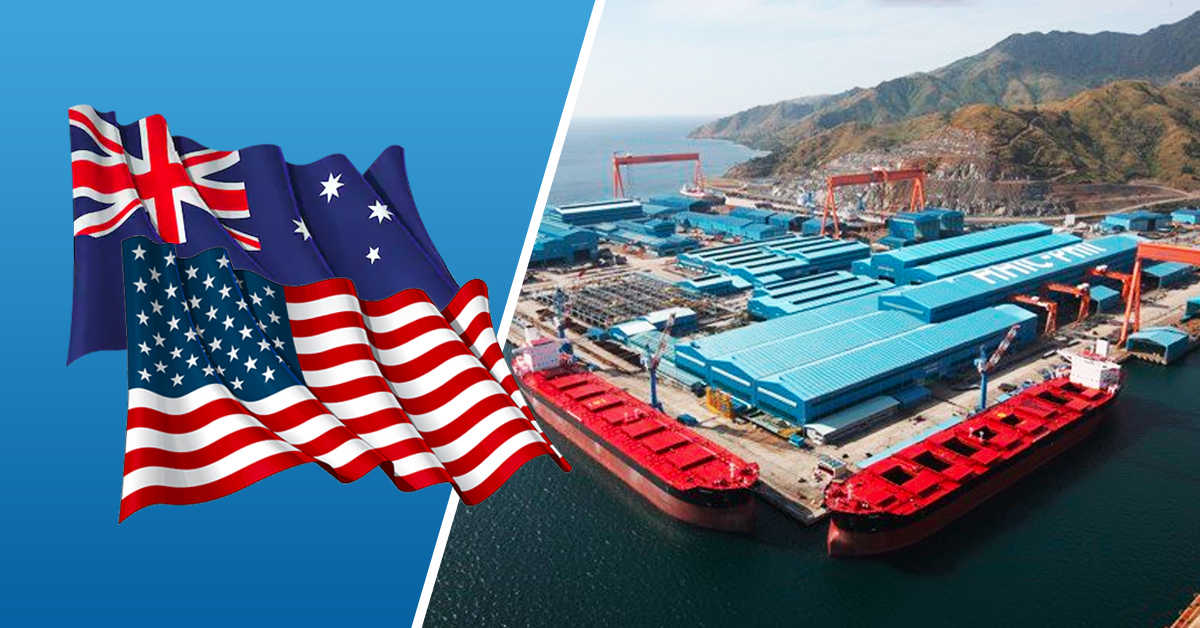


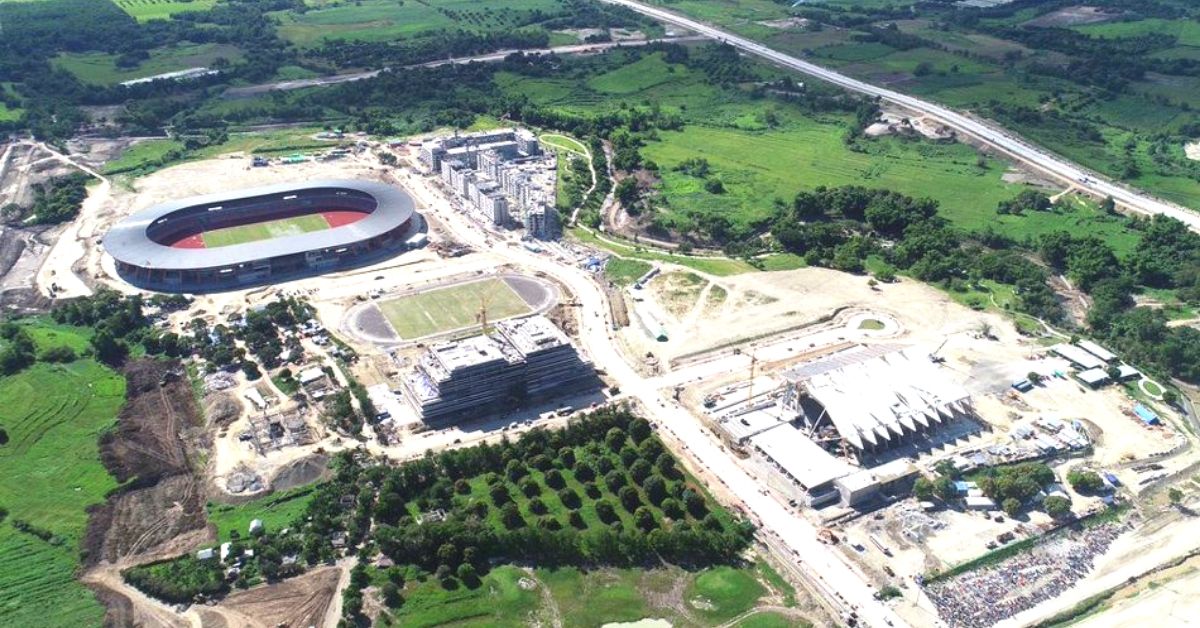
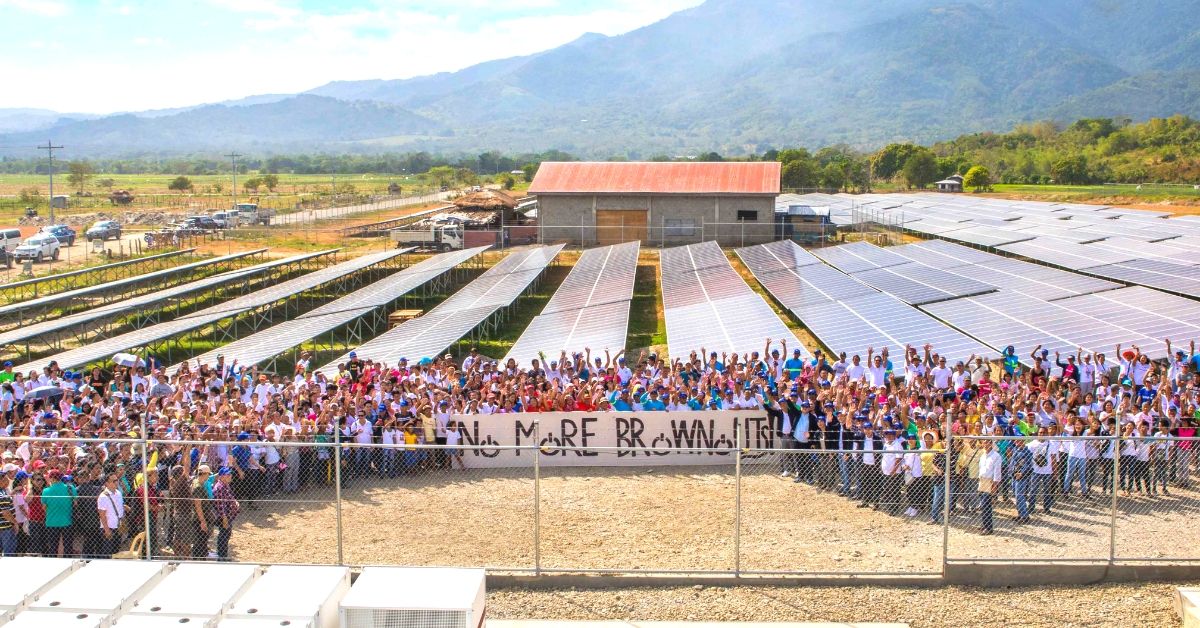


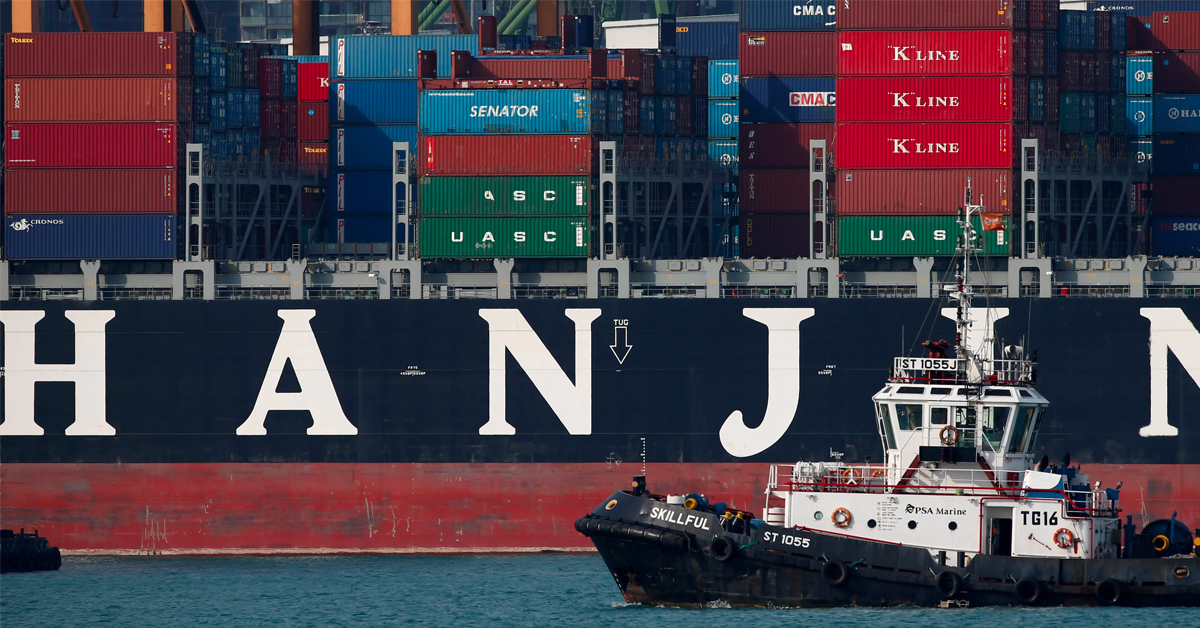

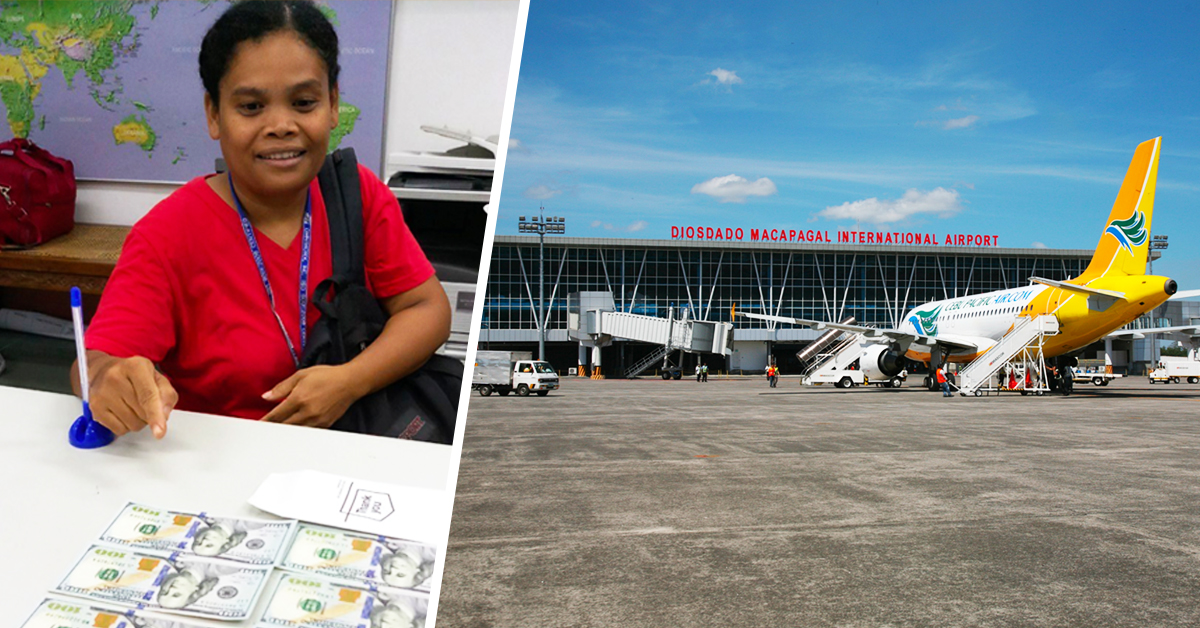
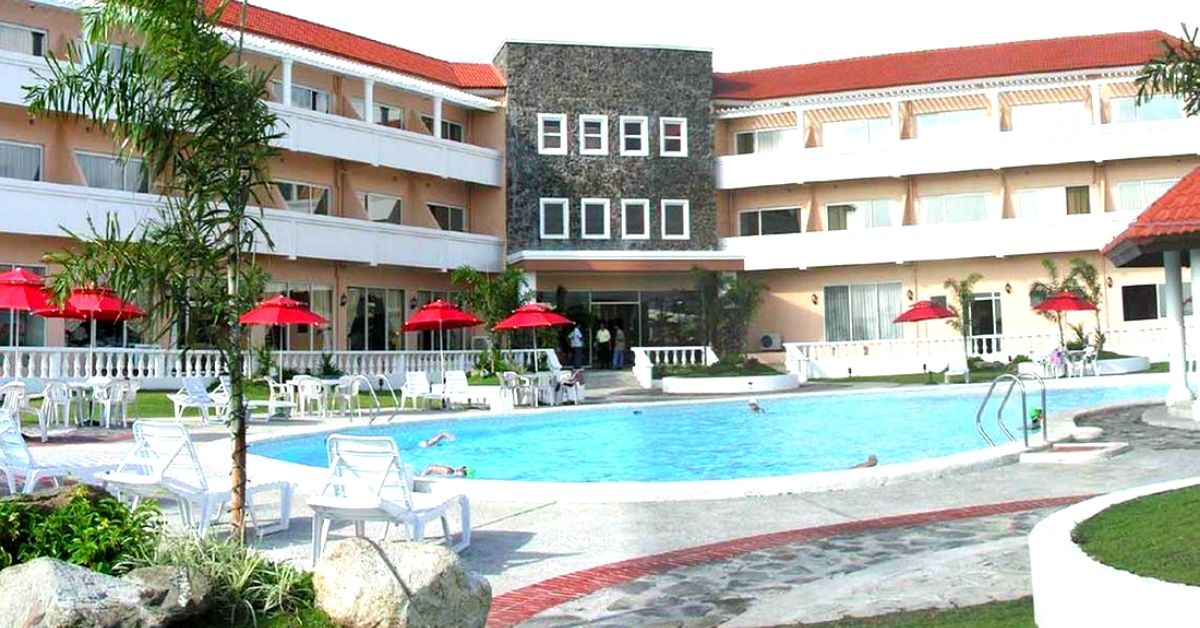





































Loading Comment